The 2019 edition of viennacontemporary art fair was held at Marx Halle and brought together 110 galleries from Austria, Central and Eastern Europe. My experience regarding the viewing of the fair and the interaction with the gallerists and artists I met was unique, as my perception was, without being able to control it, a dual one: both artistic and documentary. I seriously asked myself to what extent I can position myself as an artist relevantly and authentically in perceiving an art fair so that I can write about it in an artistically detached way, but at the same time engaging from a critical point of view.
Before entering the exhibition space, I decided to get rid of any subjectivity I could have when facing galleries and artists whose activity I already knew and appreciated and which I inclined from the beginning to include in this material only for their presence in this context.
I think the most challenging aspect of going through so many galleries was to be able to perceive them not only individually, but comparatively by their proximity in this context of exposure. One of the preconceived notions I had when entering that cluster of objects was the fear of not being able to find a relevant red thread that I can build an opinion on. Because objectivity, this fair had works and pavilions that stood out as central, but overall, viennacontemporary coagulated a very conventional and comfortable appearance and aesthetic, having no atypical element that would break the predictable equation of the art fair atmosphere.
After visiting the stands, I was extremely surprised to realize that the ones that attracted me the most belonged predominantly to galleries in Central and Eastern Europe, with small exceptions. They took more risks, both in terms of the selection of works and the exhibition concept, as well as the aesthetic direction that they finally decided to promote on a commercial level. I found with some disappointment that some galleries did not have a concept or even a coherent aesthetic line within their selection and presentation of the works, but simply presented a few objects they were selling.
Overall, while trying to find a red thread, though not necessarily a trend for this year’s edition, I found myself stopping and photographing almost only non-figurative works, some minimalist – both two-dimensional and three-dimensional. The figurative compositions, with experiments in the analysis, interpretation and recontextualization of the human body were almost completely absent, with only static objects / nature, vegetal elements and landscape making an appearance in the mediums of painting and photography. The abstract and the minimal were the common denominator from my point of view at the 2019 edition of the viennacontemporary fair, translated into different materials and techniques: painting, graphics, photography, object, installation, sculpture. The works relied on a certain visual seduction and a certain monumentality within a white cube ambient context (no matter where it was located), striking a balance between aesthetic, refined and commercial. A moderate and safe option to deliver ab artistic product to be valued – all while remaining in the experimental and commercial area at the same time.
viennacontemporary put forward four curatorial sections, Zone1, Explorations, Focus: NSK in Time, Video: Falling Awake.
Zone1, curated by Fiona Liewehr, included ten galleries presenting one artist: SPERLING (DE) – Thomas Geiger; hunt kastner (CZ) – Eva Kotakova; Structura Gallery (BG) – Luiza Margan; SVIT (CZ) – Markus Proshek; Galerie CRONE (AT) – Stefan Reiterer; Galerie Raum mit Licht (AT) – Titania Seidl; Gabrielle Senn Galerie (AT) – Marina Sula; Sophie Tappeiner (AT) – Sophie Thun; FILIALE (DE) – Julian Turner; Galeria David Radziszewski (PL) – Marcin Zarzeka.
With the selection of artists working with relatively conventional means of expression, such as painting, sculpture, photography, installation, the curatorial stakes in Zone1 was to emphasize the artist’s organic relationship with matter and with the actual technique, in contrast to the new digital methods for producing an art work. Thus, the tactile relationship that characterizes this process of artistic production is proposed as a genuine alternative to the digital image, emerging as a resurrection of classical means of expression.
Of the galleries mentioned above, the ones that caught my attention and stood out were hunt kastner from Prague, Czech Republic, Structura Gallery, from Sofia, Bulgaria, and David Radziszewski Gallery from Warsaw, Poland. The hunt kastner gallery presented a mixed media installation – Educational Model: A Construction for Sitting, Reading, Writing, Drawing and Learning – and a graphic series – Walk to School – by artist Eva Koťátková. In her approach, she explores the ways in which social and institutional structures of everyday life imprint a certain behavior and how rules and restrictions shape behaviors, mentalities, learning modes. The artist’s installation of overlaid chairs and tables subtly derides the hierarchical system of contemporary society, standing out as a visual and conceptual statement in the overall vision of the pavilions. Structura Gallery presented a solo show by artist Luiza Margan – Abstract Muscle – which to me stood out with its concept and the combination of materials used: cement, gloves, feathers, plastic, etc. The pavilion in which her works were located was shaped as an installation itself, with an arrangement that defied the predictable, Abstract Muscle thus becoming a political and social commentary on the status of the worker in capitalism and the vulnerable social classes who, for survival, provide psychical work that is paid precariously. Luiza Margan’s exhibition transformed into a riot intervention at an art fair such as viennacontemporary; it caught my eye from an aesthetic point of view and made me stay for a closer analysis due to its concept, making me aware that I was standing in one of the the boldest pavilions.
David Radziszewski Gallery presented a series of relatively large mixed media works by artist Marcin Zarzeka, imagining similar structures such as over-sized books, but with insertions of geometric elements that transformed the works into 2D installations with an striking aesthetic. This pavilion very cleverly balanced the experimental / commercial relationship, with the selection of works being relevant as a contemporary approach, but also bursting with pecuniary potential.
Explorations, curated by Harald Krejci, also included ten galleries: KROBATH (AT), Josef Bauer; Gruppo N | PANARTE (AT) – Alberto Biasi; Galeria Plan B (RO) – Horia Damian; Karsten Schubert (UK) & EXILE (AT) – Tess Jaray; Konzett (AT) – Robert Klemmer; Galerie bei der Albertina Zetter (AT) – Alfred Klinkan; Window Project (GEO)– Vakhtang Kokiashvili; Nadja Vilenne Gallery (BE) – Jacqueline Mesmaeker; SODA Gallery (SK) – Geza Perneczky; Milan Adamčiak, Michal Kern, pop/off/art gallery (RUS) – Yuri Zlotnikov, Alexander Pankin.
The Explorations section presented a selection of galleries with different artistic positions / attitudes, with each referring in a particular, individual way to the intellectual heritage of post-war surrealism and its influence in the development of abstract art in the ’60s and’ 70s. The artists present in Explorations were concerned with the issues of abstraction as a form of thinking at different consciousness and the subconsciousness levels, developing it as a process of encryption and decryption of social problems at a poetic level.
In this sector, Plan B Gallery stood out with a pavilion dedicated exclusively to Horia Damian and a selection of works that is part of a larger series, GALAXY. This represented an attempt to return to primordial forms, starting from architectural structures. The drawings presented at viennacontemporary evoke the monumentality of three-dimensionality through mixed media and pastel techniques, exploring the relationship between surface and depth in the pictorial space in an extremely refined manner. The pavilion of Plan B gallery was characterized by an impeccable display of a selection of graphic and 3D works that functioned coherently and spectacularly both as a whole as well as when individually viewed.
The PANARTE (AT) gallery was noted for its geometric compositions with illusions and optical games by Alberto Biasi, designed on layers and overlays of geometric shapes. Dare I say, the original perspective of the use of the material in expressing the movement and the dynamism of the form in space materializes as a series of abstract works that are aesthetically seductive and technically challenging.
The Focus section: NSK State in Time, curated by Tevž Logar, featured a selection of artists whose works were displayed in a group exhibition: Julieta Aranda & Anton Vidokle, Burak Arikan & Ahmet Ögüt, Ilya & Emilia Kabakov, Danica Dakić, Vadim Fishkin, IRWIN, Ištvan Išt Huzjan, Laibach, Ilona Németh, Alban Muja, Adrian Paci, Lia Perjovschi, Mladen Stilinović, New Collectivism, Jaan Toomik, Ulay, Tadej Vaukman, Živadinov Dragan.
Focus: NSK State in Time focused on the question: “What is the understanding of the idea of a state that is not based on the concept of territory but on the concept of time?” Inspired by the 1992 conceptual project – Neue Slovenische Kunstmovement (NSK) – the curator put forward a selection of artists who, via their artistic approach, reject the idea of territorial boundaries and experiment with the temporal process, formulating critical perspectives on the history, memory and contemporary geo-political paradigm.
Passing through this sector was very fluid, presented as a group show with conceptual stakes and aesthetics. The works that attracted my attention were some Polaroid photographic series by the artist Ulay, questioning the limits and openness of the body and a computer print with text insertions by artist Lia Perjovschi. As a general impression, I would have liked for Focus: NSK State in Time to have greater strength, given the social stakes of the concept. The display emerged as a complementary sector in the context of the fair, suggesting a more experimental vision, but in the general context of viennacontemporary it did not stand out in a powerful way.
The Video Sector: Falling Awake, curated by Attilia Fattori Franchini, impressed me the least, although in the context of the fair it acted as a visual repause, the succession of experimental videos presented on the big screen offering an intermezzo for traveling between the pavilions. The participating artists were: Rosa Aiello, Wojciech Bakovski, Lucy Beech, Josef Dabernig, Aria Dean, Michael Franz, Barbara Hammer, Diego Marcon, Hannah Quinlan, Rosie Hastings, Marianna Simnett, Leslie Thornton, Nadim Vardag. The concept of this peripheral sector, somewhat separated from the fair, was intended as experimental, with the videos analyzing from various perspectives the condition of the contemporary man, perceived through the connections that are established between the technological evolution of today’s society, individuality / individualism, daily suffering and mediated presence. The videos reveal ideas about asserting identity, gender and transformation, visually affirming the condition of the fall as a fundamental state. What these works have failed to achieve is, in my view, the transgressive factor in understanding things. The unpolished image of the everyday and the banal fails to evoke a macro perspective on an existential state.
Regarding the galleries outside the curatorial sectors, here are a few noteworthy examples: Thaddaeus Ropac, Croy Nielsen (AT), Jiri Svestka (CZ), Kisterem (HU), Jecza Gallery (RO), Borderline Art Space (RO), Marie-Laure Fleisch Gallery (BE) and Doris Ghetta Gallery (IT).
Thaddaeus Ropac Gallery proposed a curatorial concept based on the collage technique, presenting a selection of artists devoted to the history of contemporary art: Joseph Beuys, Valie Export, Imi Knoebel, Nick Oberthaler, Arnulf Rainer & Dieter Roth, Robert Rauschenberg, James Rosenquist, David Salle, Sturtevant, Emilio Vedova and Andy Warhol. Thus, with such presence, Thaddaeus Ropac stood out as a VIP presence in the fair.
Croy Nielsen proposed an atypical display of Nicolas Jasmin’s compositions, presenting minimalist-abstract works on the floor and sofas, leaving the walls of the pavilion bare. The Jiri Svestka Gallery had a special presence through the solo show by artist Katarína Poliačiková, consisting of a selection of works which translated into a very clean, refined appearance, revealing an intimate and intimist approach. Poliačiková works with photography and installation, in an exploration of the microcosmic and macrocosmic reality in small and large compositions. The artist transfigures the daily and the documentary into artistic interventions accompanied by text, which enhance the particularity of a contemplative and meditative vision of the real.
Jecza Gallery and Borderline Art Space each proposed an artistic face/off, namely Radu Oreian / Ciprian Radovan (Jecza) and Mircea But / Juliane Eirich (Borderline). Jecza Gallery presented a selection of very spectacular graphic works by two artists with different visions, but who complement each other in the pavilion space. Radu Oreian’s figurative-abstract compositions evoked in drawing – mythological worlds dissolved and reconfigured through a particular vision that the artist calls a “dream mapping of the history of the image”. Ciprian Radovan’s monotypes add force, chromatic power and spectacular technicality and aesthetics – the refinement of Oreian’s drawings, via a series of graphically challenging abstract compositions.
Borderline Art Space put forward the landscape theme in two distinct visions as a technical approach, namely in Mircea But’s graphics and painting and in Juliane Eirich‘s photography. Mircea But’s rich compositions as pictorial preciousness illustrating landscape cutouts have been mirrored with minimalist photographs by Juliane Eirich, mutually reinforcing each other’s works. The galleries Marie Laure-Fleisch, Doris Ghetta and Kisterem presented artists with minimalist visions – abstract and experimental by combining and joining different materials such as metal, glass, canvas, paper, etc. They promoted both two-dimensional works and installations that questioned visual language and elements of pictorial language in the works (point, line and stain).
viennacontemporary was an intense experience for me due to its attempt to crystallize a red thread in an agglomeration of pictorial visions and proposals. This year’s trend tended toward minimalism, abstract compositions and mixed media installations, some with accents of arte povera. Contemporary art was presented in a moderately accessible way aesthetically and commercially, with a limited number of galleries that were unpredictable, presenting experimental works as well. Taken as a whole, as an art fair, a very small percentage of galleries presented very good works and coherent artistic visions that are noteworthy by value, curatorial approach and courageous proposals, with most playing the safe card, of balance between toned down aesthetics and relative commercialism.
POSTED BY
Ada Muntean
Ada is a Graduate of University of Art and Design in Cluj-Napoca and has a PhD in Visual Arts (2019), conceiving a research thesis entitled "The Human Body as Image and Instrument in Contemporary Art....
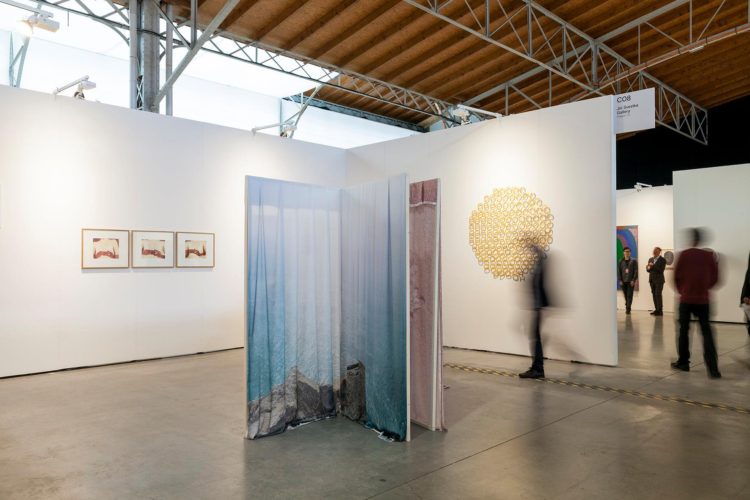
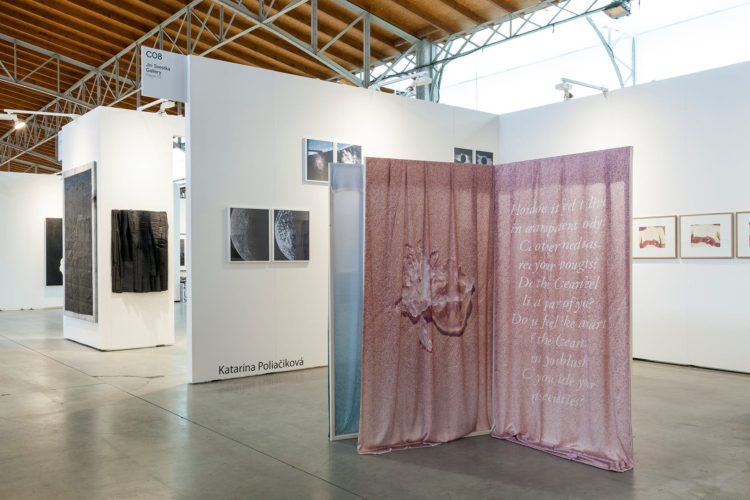
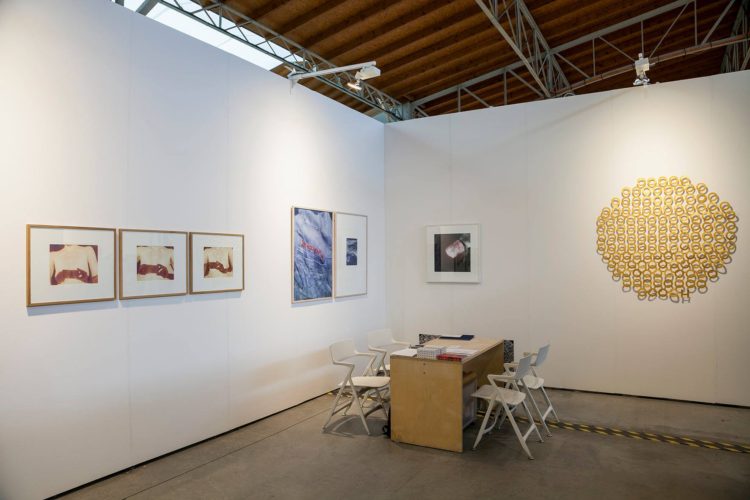
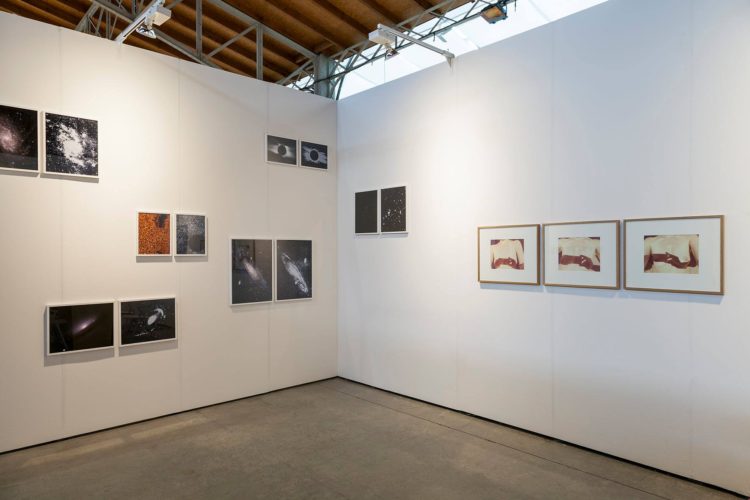
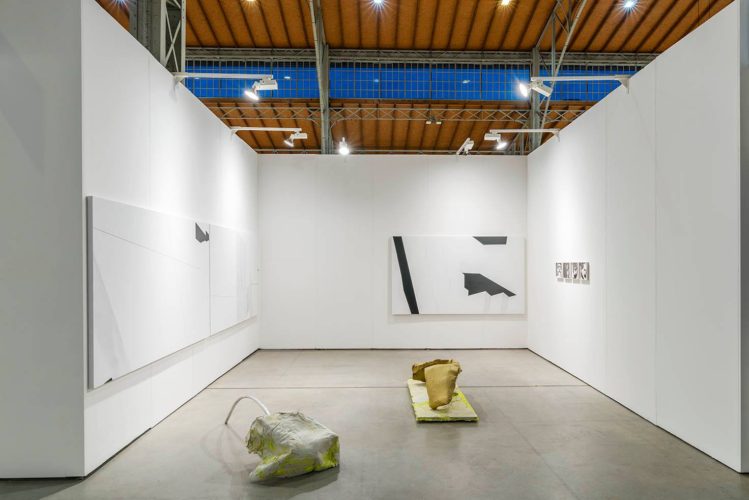
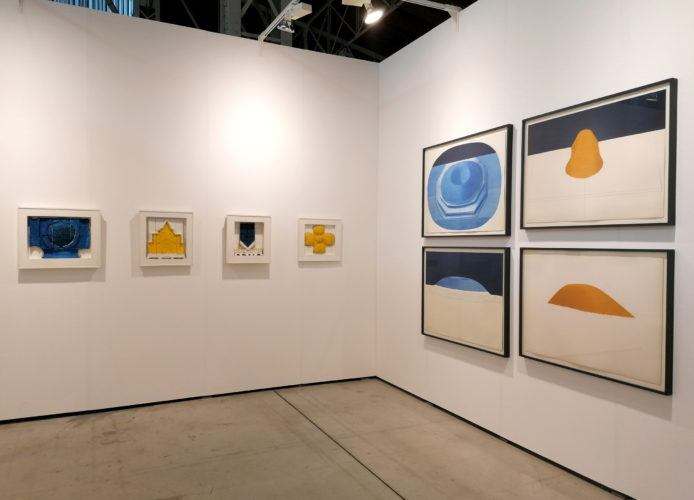
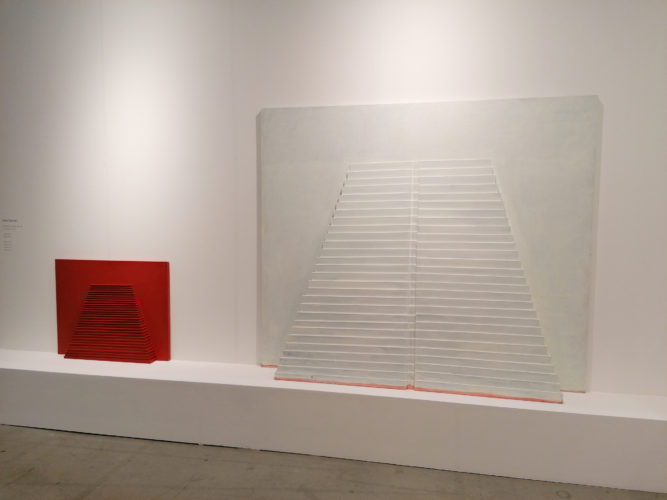
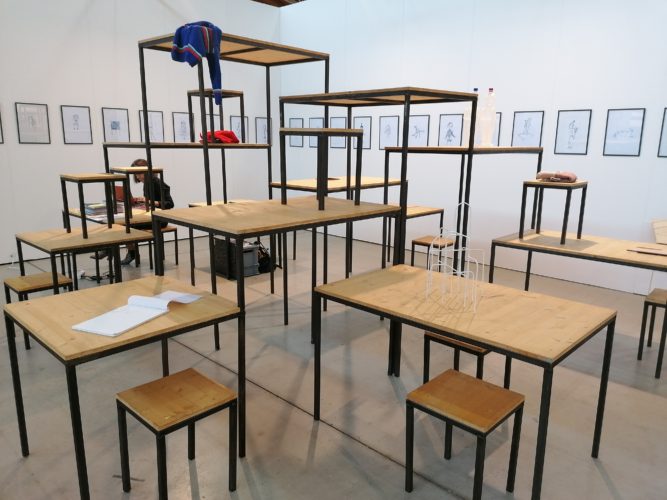
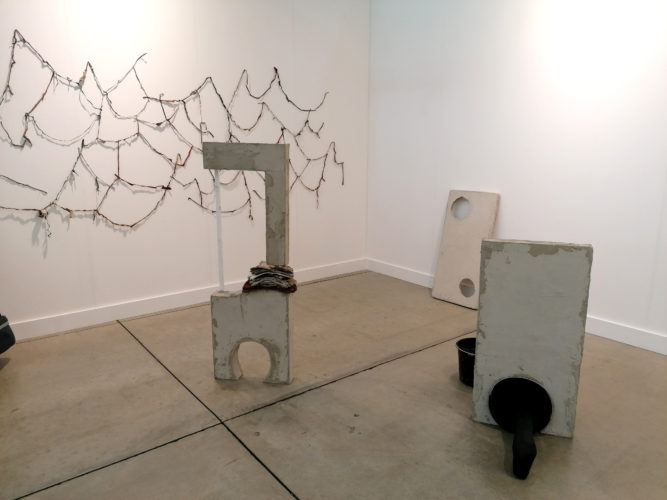
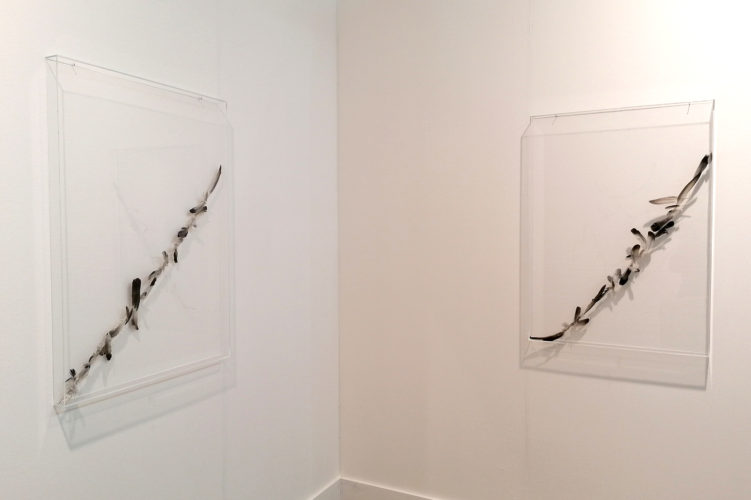
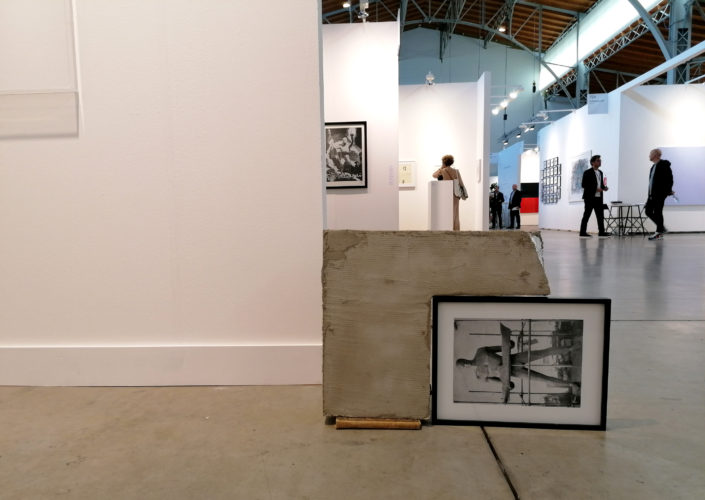
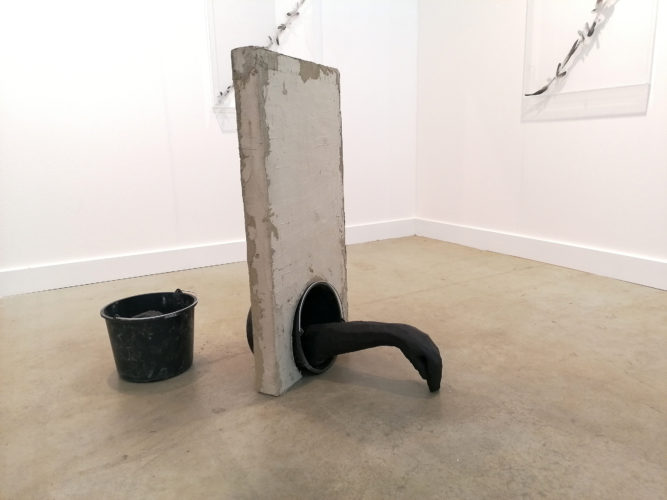
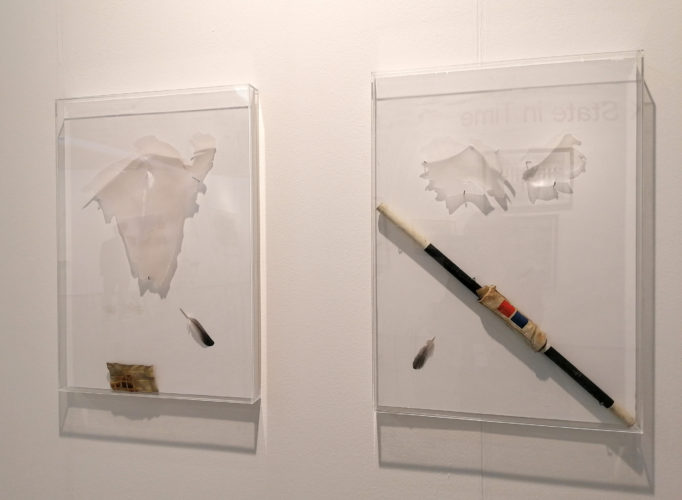
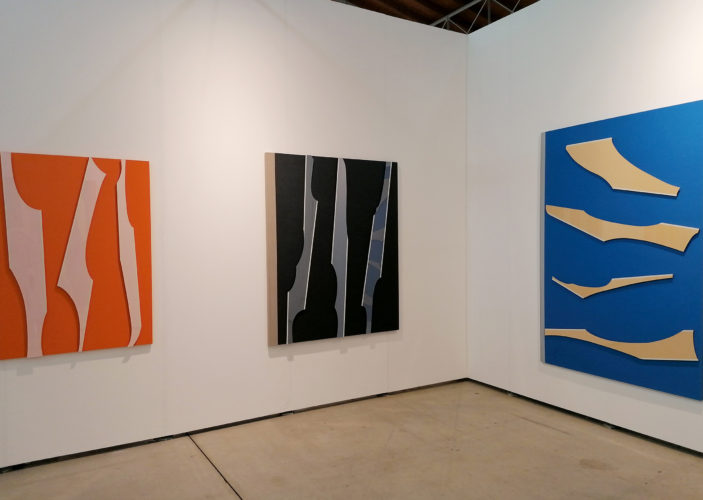
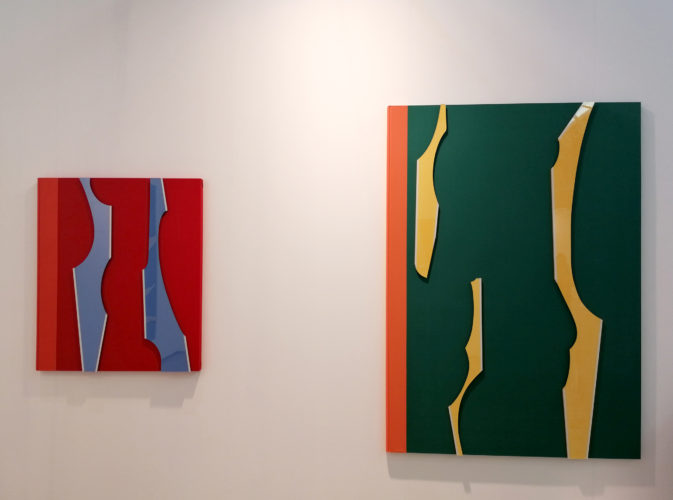
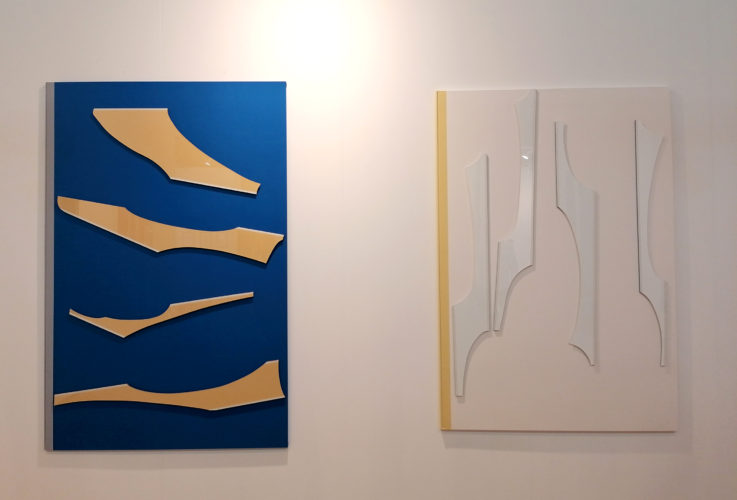
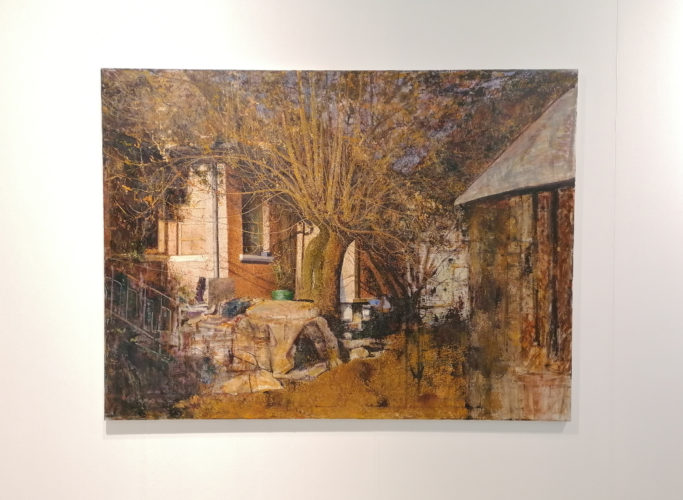
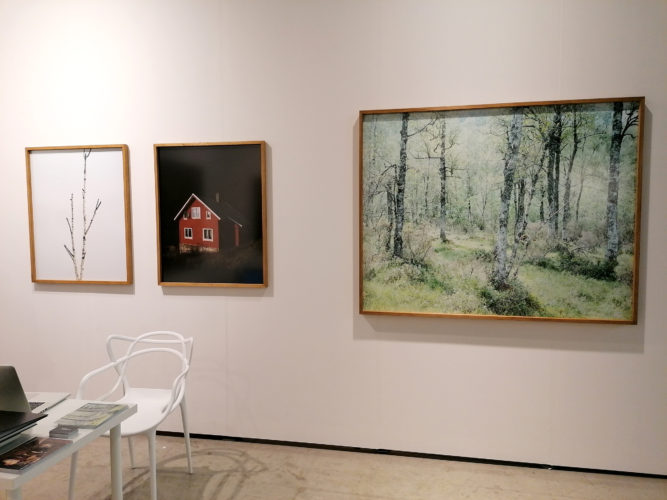
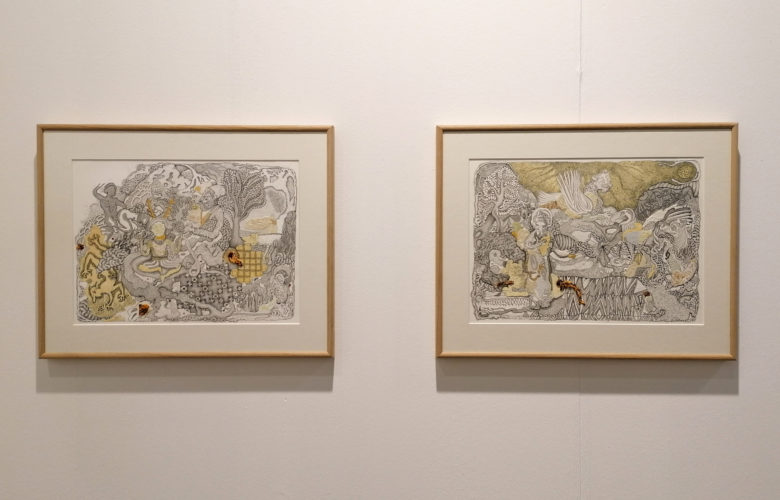
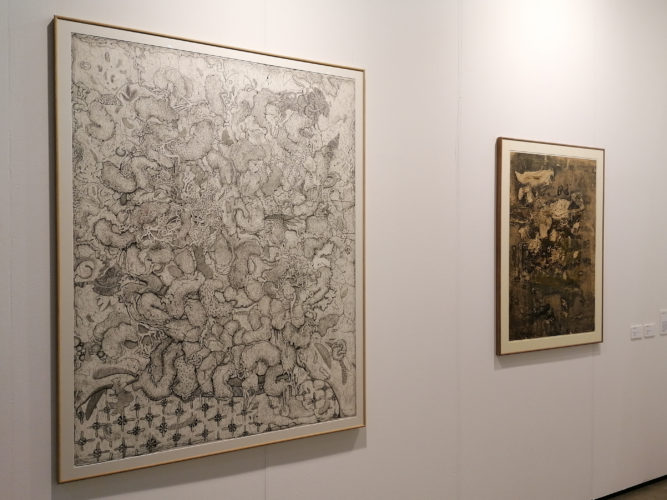
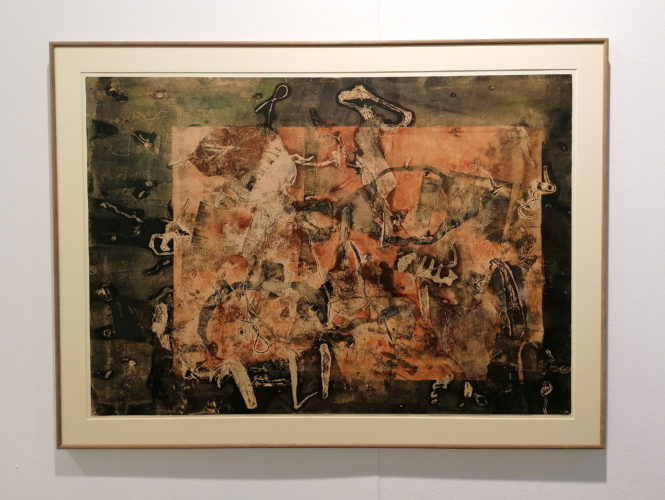
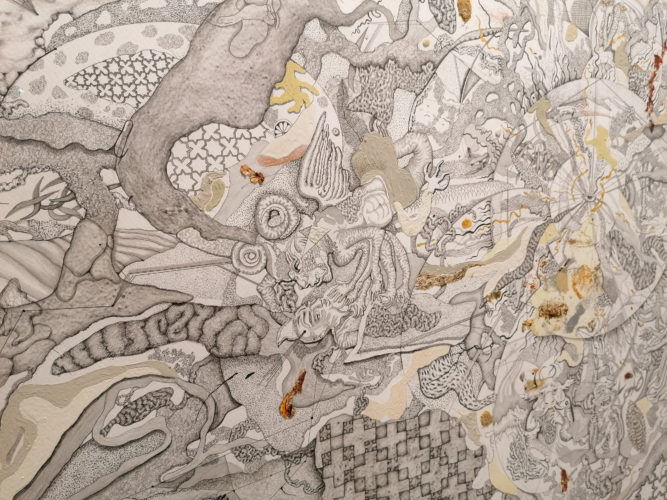
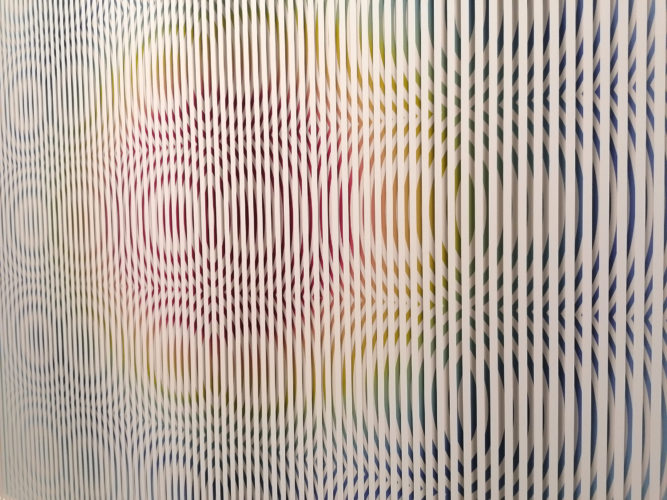
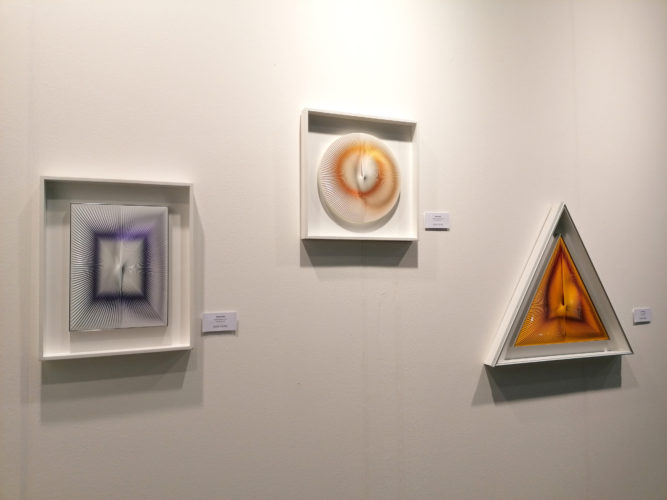
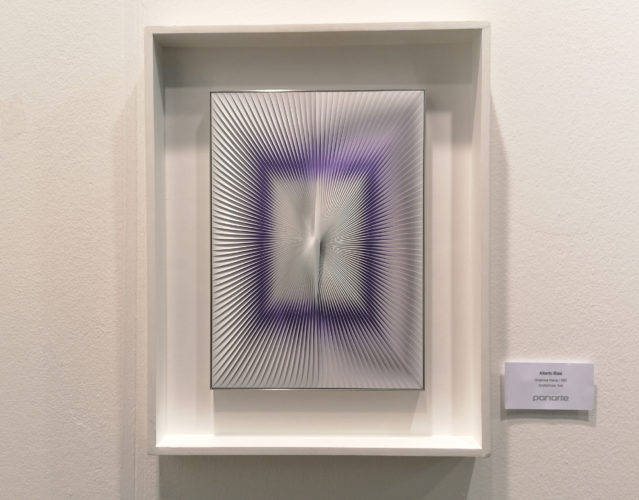
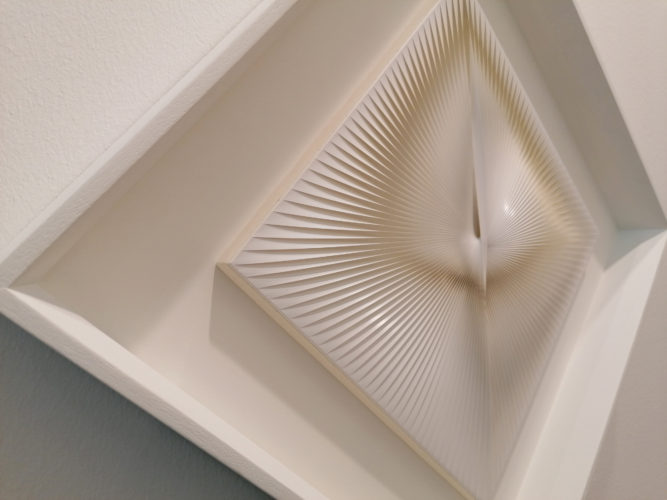
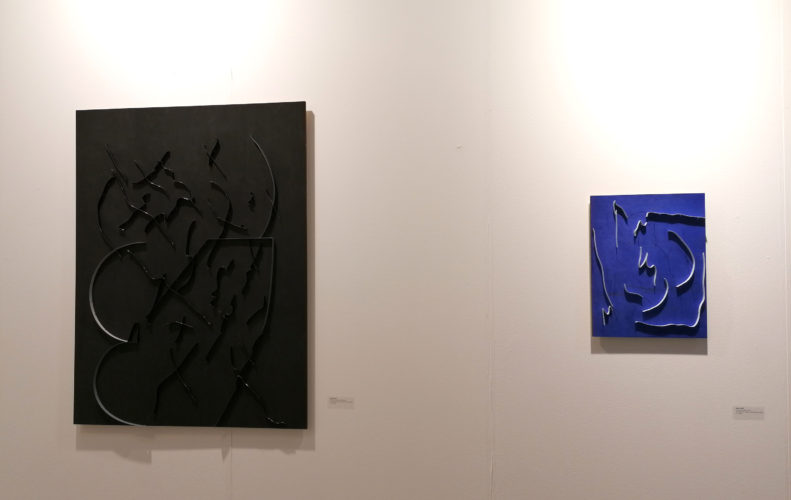
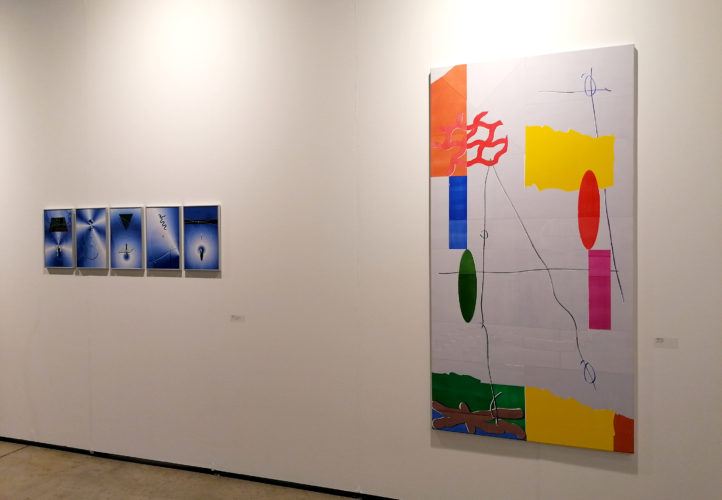
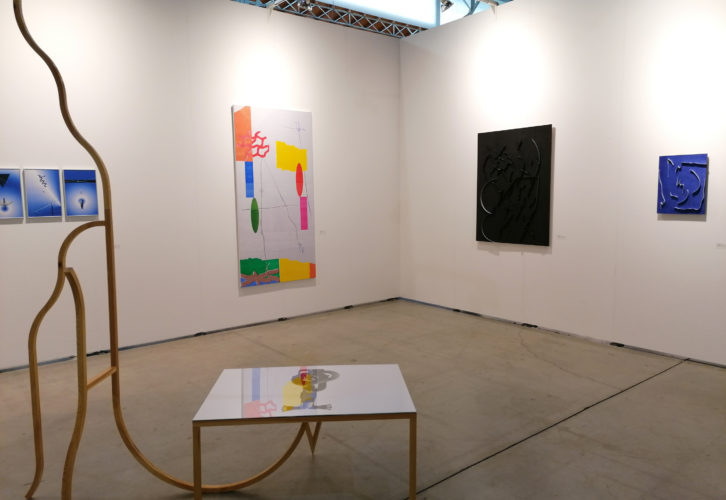
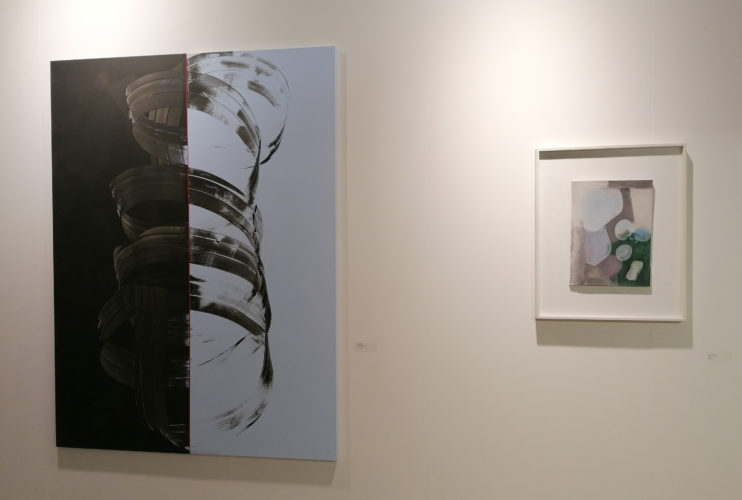
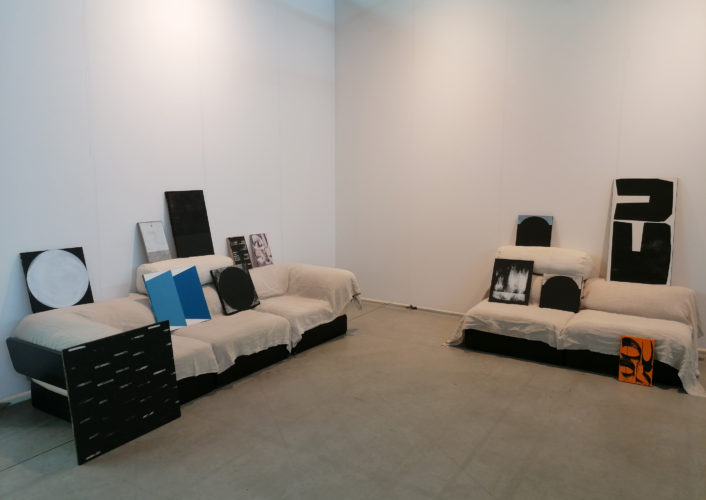
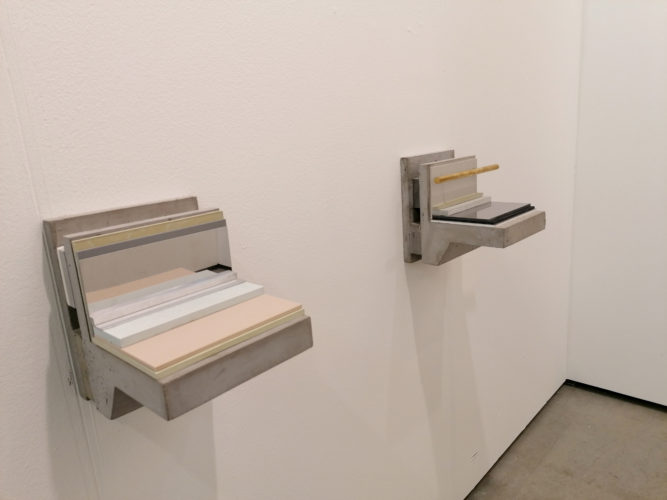
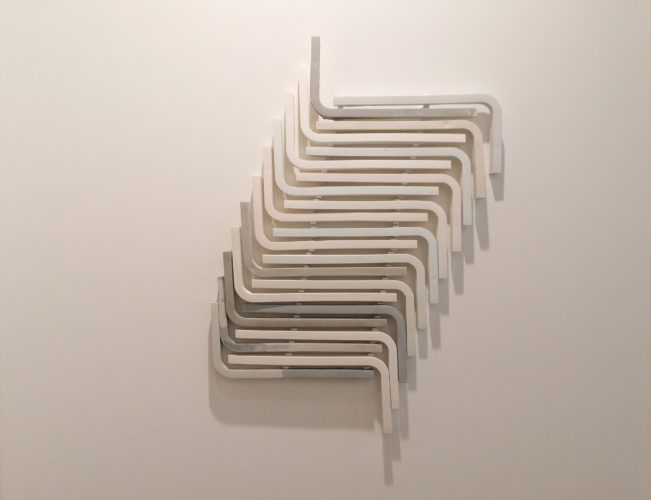
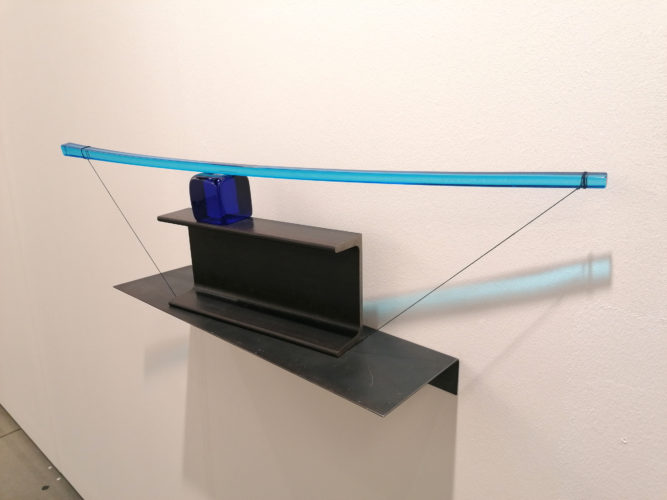
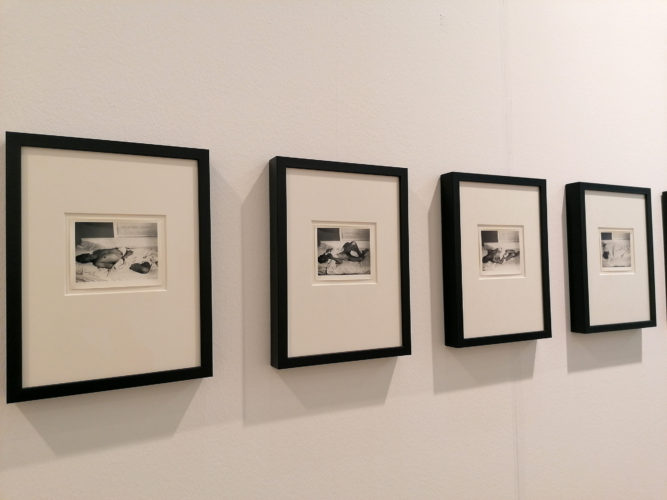
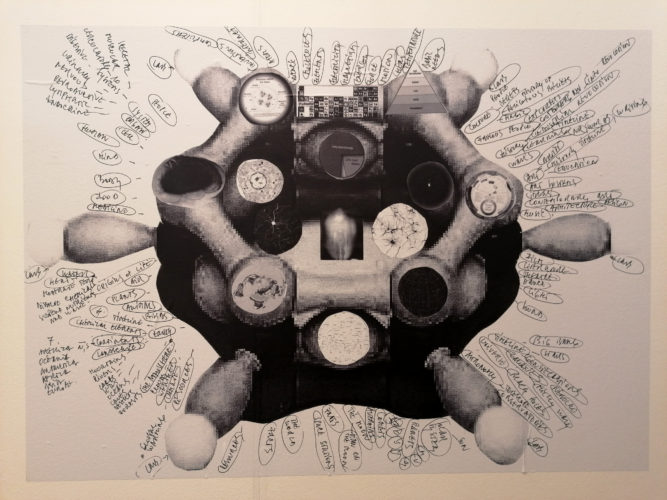
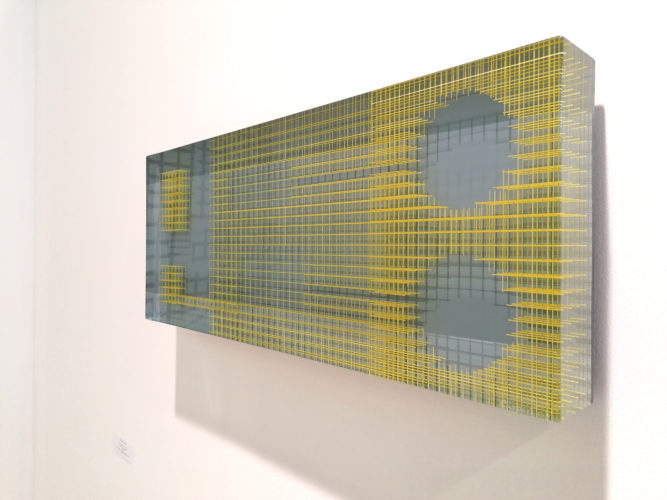
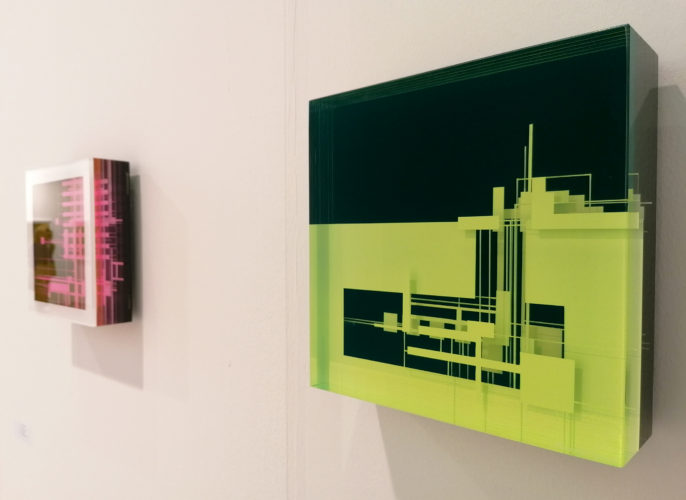
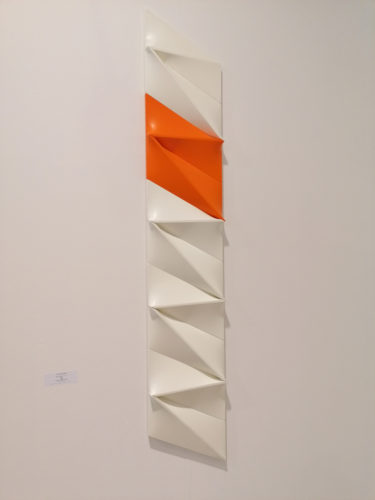
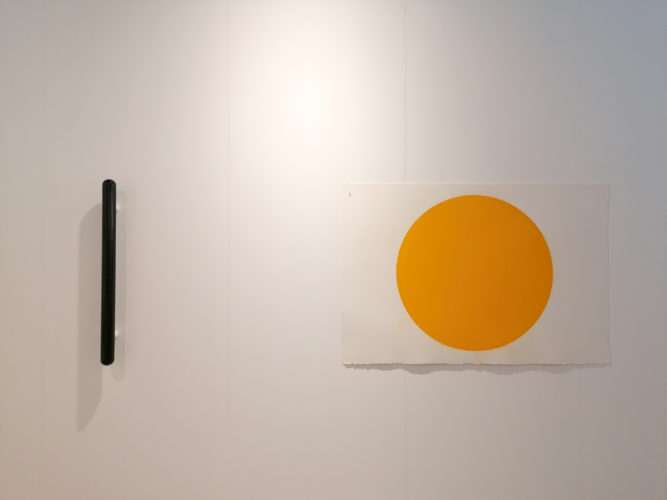
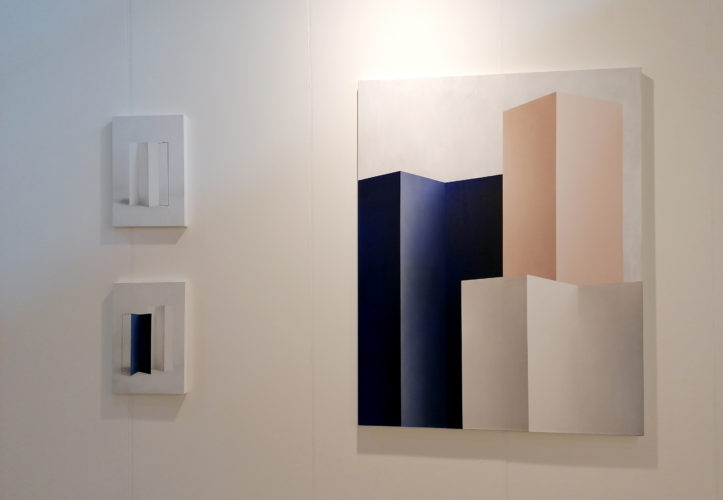
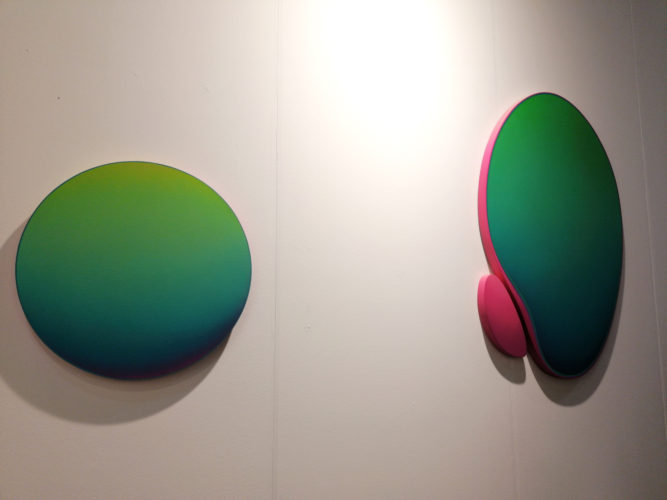
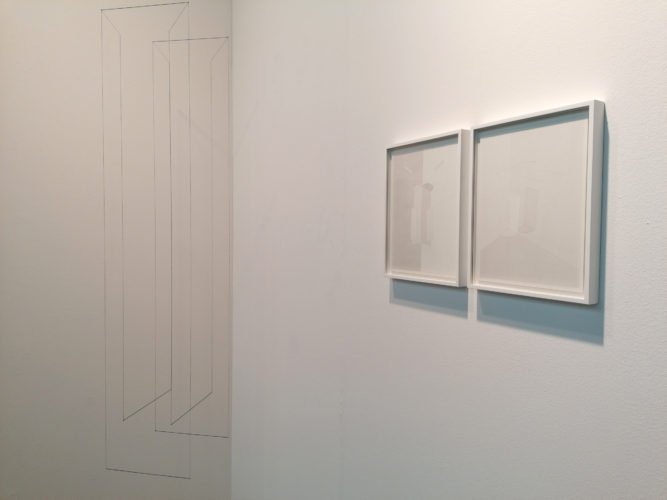
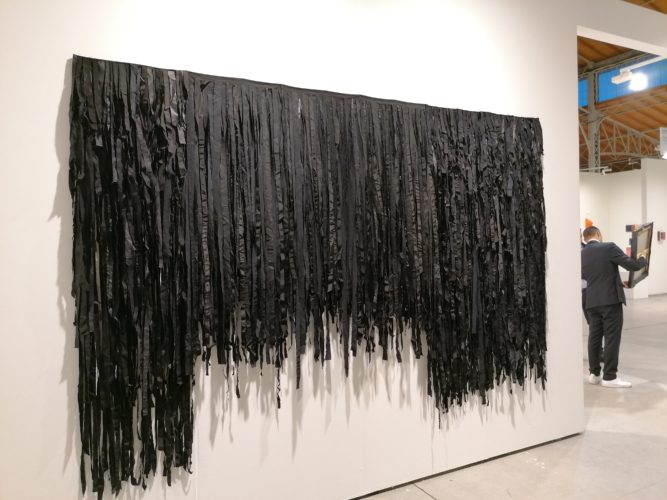
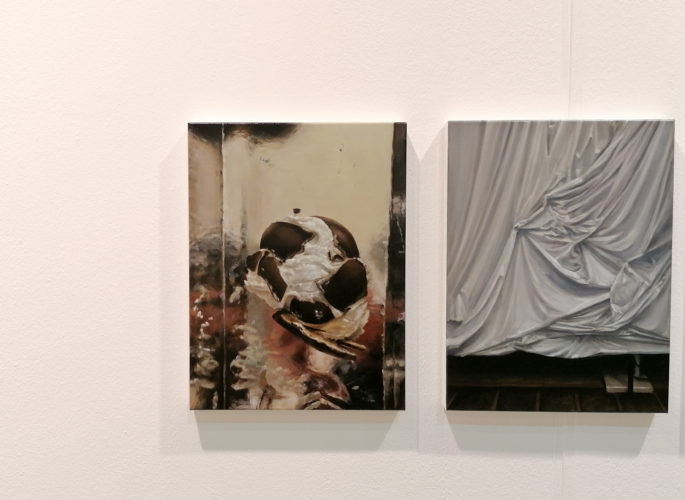
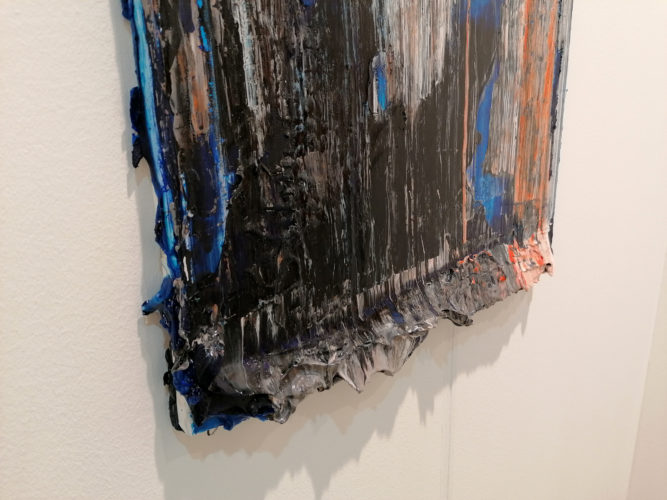
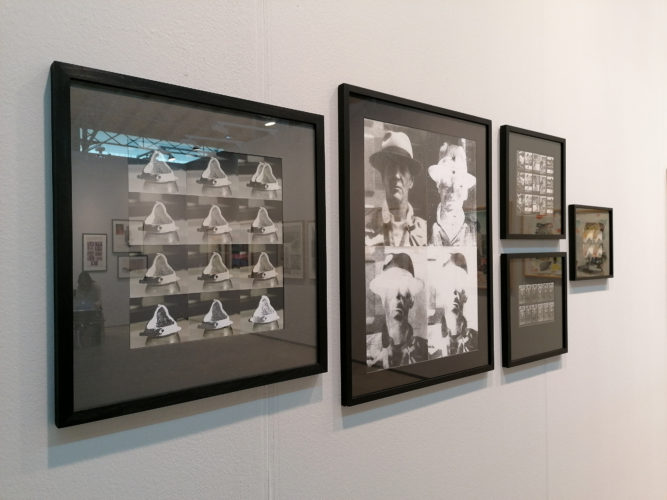
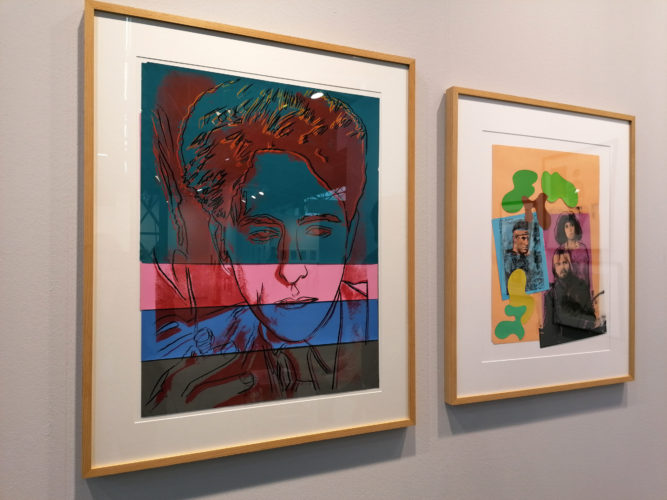
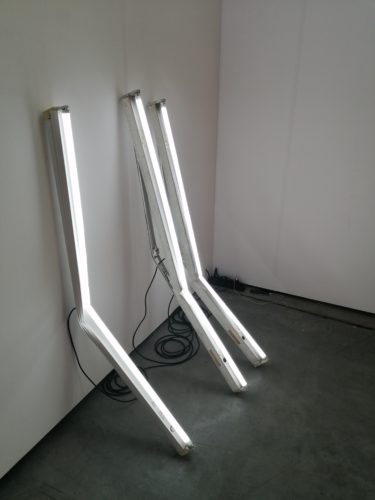
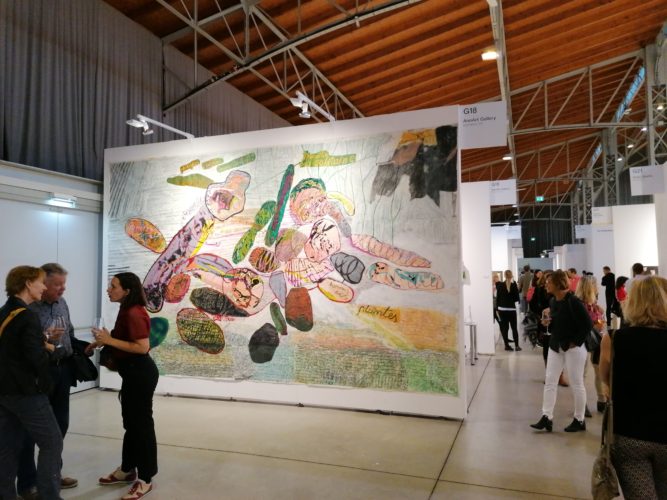
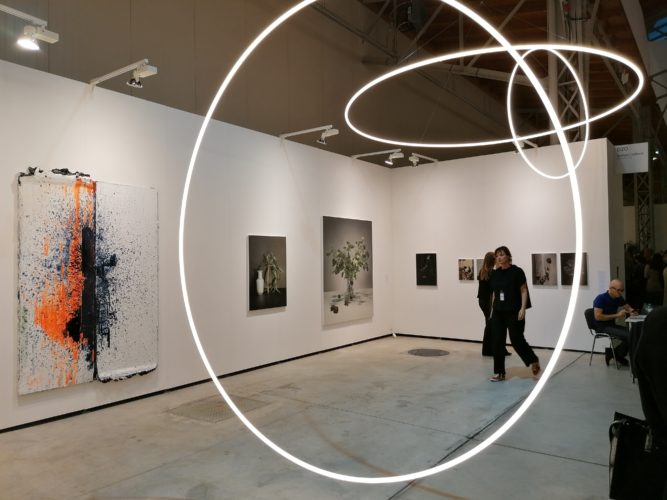
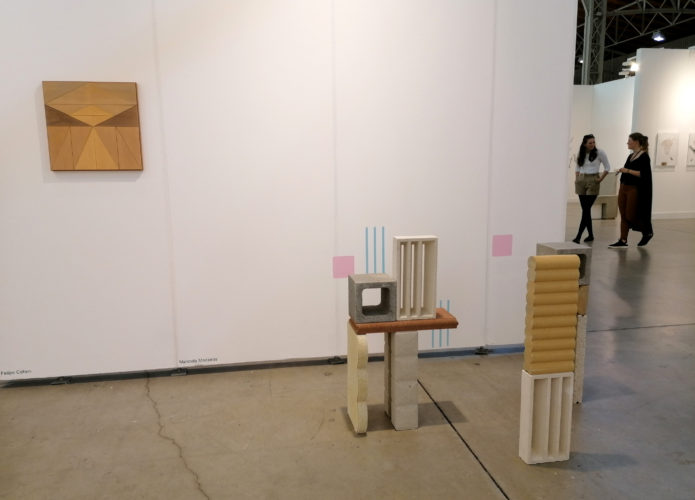
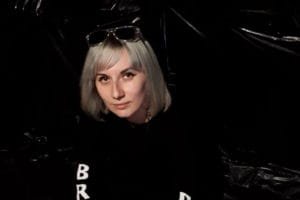
Comments are closed here.